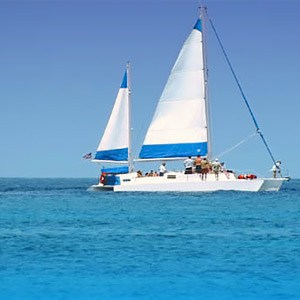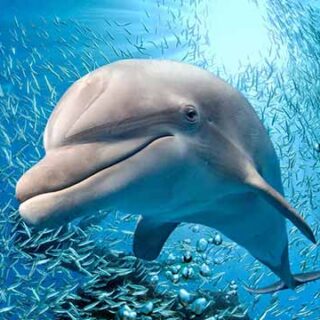Please Register / Login to take part in discussions about the Virgin Islands.
*what was the export of st john?
The power of the internet....
History of St. John
The Virgin Islands have a rich and exciting history that is full of intrigue, adventure, and some of history's most colorful characters.
The first human inhabitants of the Virgin Islands were the Arawak Indians. The Arawaks were descendants of coastal Indians from what is now Venezuela and Guyana who were forced out of that area by more aggressive tribes. They island hopped up the Antillean chain until they reached the Virgin Islands sometime around 300 AD. The Arawaks lived peacefully here, fishing and farming, until the fierce and cannibalistic Carib Indians moved into the area about 100 years before the arrival of Columbus.
Christopher Columbus "discovered" the Virgin Islands on his second voyage to the Caribbean in 1493. Because the islands were sited around the time of the feast of St. Ursula, he named them "Once Mil Virgins" after the eleven thousand virgins that were martyred with St. Ursula. Columbus was a devout Christian, and some say a religious zealot who was obsessed with the idea of converting what he thought was Asia to Christianity. But Columbus received wealth and status also. The Spanish crown granted him the titles of admiral of the Ocean Sea, Governor and Viceroy of the Indies, and Captain General. As such he had control over trade in the West Indies. He landed on St. Croix and provisioned for his trip on to Hispaniola. St. Croix would become a provisioning station for Spanish ships from then on Magen's Bay, St. Thomas.
It was under the Spanish colonists in Hispaniola that slavery began in the Caribbean. The indigenous people, both Carib and Arawak, were forced to work in Spanish mines and on farms. Conditions for them were so bad that most died of malnutrition and disease and others escaped the Spanish for temporary asylum in Cuba. In less than two decades, more than one million Indians had died or fled from the island of Hispaniola. By the time the Danes, British and French arrived in the Virgin Islands in the 17th century, the Indian populations had disappeared from there as well.
In 1585, five years after the end of his famous circumnavigation, Sir Francis Drake was in the Caribbean, once again in search of gold laden Spanish ships. Legend has it that he had a lookout from the island of St. Thomas (Drakes seat, where the view continues well to the east, into what is now the British Virgin Islands); and, that he organized his privateering flotilla in Coral Bay, St. John.
St. Thomas was settled in 1672 by agents of the Danish West India and Guinea company, but Denmark did not officially take possession of the Virgin Islands until 1754. Until 1733, St. Croix was a French possession. Because of its excellent harbor and the Dane's willingness to trade with them, Charlotte Amalie in St. Thomas was home to, or visited by many pirates, famous and infamous. The most legendary was Blackbeard, a.k.a. Edward Teach.
The Danish estates on St. Thomas and St. John were planted with sugar cane, tobacco, and cotton - all very work intensive crops that would not have made a profit were it not for the labor of plantation slaves.
Slavery proliferated in the Virgin Islands until slaves out numbered Europeans on some islands by 5 to 1. Out of fear of rebellion, the Danes instituted a barbaric slave code that outlined the torture of disobedient or rebellious slaves. In September of 1733, after a summer of drought, an insect plague, two hurricanes, and the adoption of a severe and inhumane slave code, the slaves on St. John rebelled and took control of the island for six months until French troops arrived from Martinique to put down the rebellion. Rather than being captured, which would have meant death by torture, many of the rebels committed suicide at Ram's Head. According to legend, 300 slaves jumped to their deaths from the cliffs.
Slavery was abolished in the Danish West Indies in 1848. On July 3, this year, we will be celebrating the 150th anniversary of the emancipation of slaves in the Virgin Islands.
In 1917 the United States, out of fear of German expansion and a potential naval base here, bought the Virgin Islands from Denmark. Residents were granted U.S. citizenship in 1927, but the islands remained under the direct control of the U.S. government until 1968, when Virgin Islanders were first allowed to elect their own Governor (previously, governors had been appointed first by the navy, then by the interior department). In 1972, Virgin Islanders elected their first non voting delegate to congress.
Since the 1950's, the tourist industry in the Virgin Islands has been growing. Nowhere else under the American flag will you find a culture as diverse, a history as exciting, and an environment as breathtaking. People still come to the shores seeking treasure, but no longer under a pirate flag.


